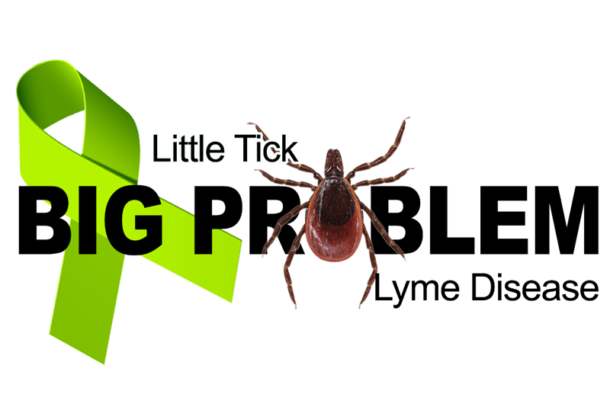Learn More About Tick-Borne Diseases

Summer seems like the perfect time to be outdoors, enjoying nature. However, sometimes nature can be dangerous. MedStar St. Mary’s Hospital is joining the St. Mary’s County Health Department in educating the public about the potential dangers of Tick-Borne Diseases and illnesses.
Anyone who is bitten by a tick needs to be aware of the early signs of tick-borne diseases: fever, headache, fatigue, and rashes. See a medical professional if you have any of these symptoms.
According to the Center for Disease Control and Prevention, Maryland reported over 1,800 Lyme disease cases in 2016.
Ticks live by consuming blood from a host, including both humans and other warm blooded animals, and the pests can transmit infectious diseases when they bite.
Prevention of tick bites is the best way to avoid tick-borne illness. Take the following precautions to prevent tick bites:
- Know that ticks are most active from late spring to early fall and they are most commonly found in woods, bushes, marshy places, shrubs, leaf litter, and tall grass.
- Wear long sleeves and pants to help keep ticks off your skin.
- Tuck in your shirt, then tuck your pants into your socks, to keep ticks on the outside of clothing.
- Wear light-colored clothes so you can spot ticks more easily.
- Spray insect repellent with 20 to 30 percent DEET on clothes and exposed skin.
- Treat your clothes with permethrin, but do not put permethrin directly on skin.
- Talk to your vet about tick control products for your pets.
- When you hike, walk in the center of the trail while you’re in woods or high grass. Stay away from brushy areas, high grass, and leaf litter.
- Check for ticks every day.
- Bathe or shower as soon as you can — within two hours — after you come inside to wash off ticks.
- Be sure to remove ticks from the body or from pets properly.
- Contact your health care provider if you develop any symptoms after a tick bite or after being in tick habitat.
Lyme disease is the most common tick-borne illness in Maryland and in the US. Lyme disease is transmitted by the bite of an infected black-legged, or “deer” tick. In most cases, the tick must be attached for at least 24 hours before the transmission can occur. From three to 30 days after a tick bite, a gradually expanding rash might appear at the site of the bite on people who have been infected. The rash can expand over several days up to 12 inches and may or may not resemble a bull’s eye. Other symptoms can include fever, headache, and fatigue.
If untreated, Lyme disease can progress to involve joints, the nervous system, and the cardiac system. Most cases of tick-borne disease can be cured with antibiotics, especially if they are treated early.
Proper removal of ticks with fine-tipped tweezers is extremely important. Do not use petroleum jelly, a hot match, nail polish, or other products to remove the tick. When the tick has been removed, clean the skin with soap and warm water. Mark on a calendar the date the tick was removed — this information might be useful for your health care provider if any symptoms occur later.
For more information and one-click access to a full list of resources available at MedStar St. Mary’s Hospital, visit their Leader member page.























